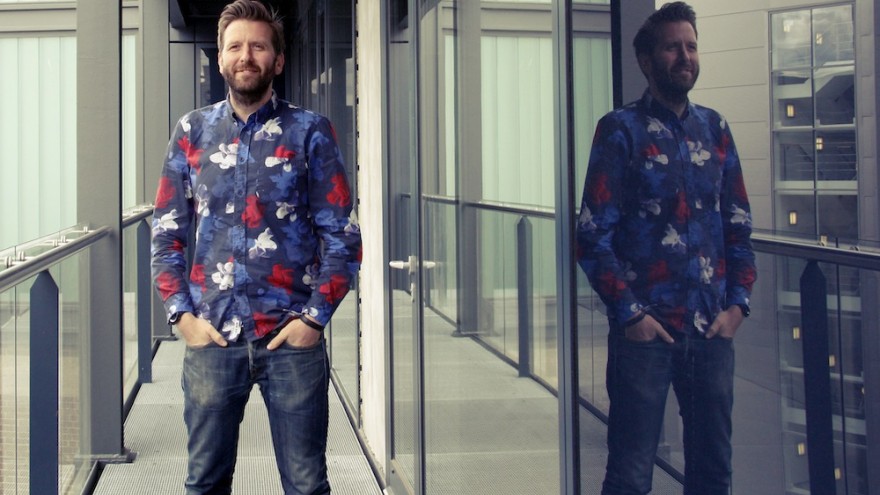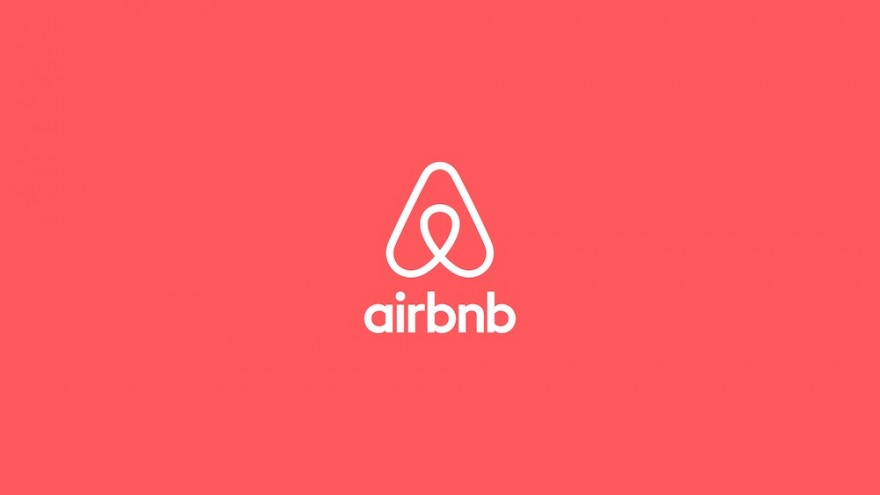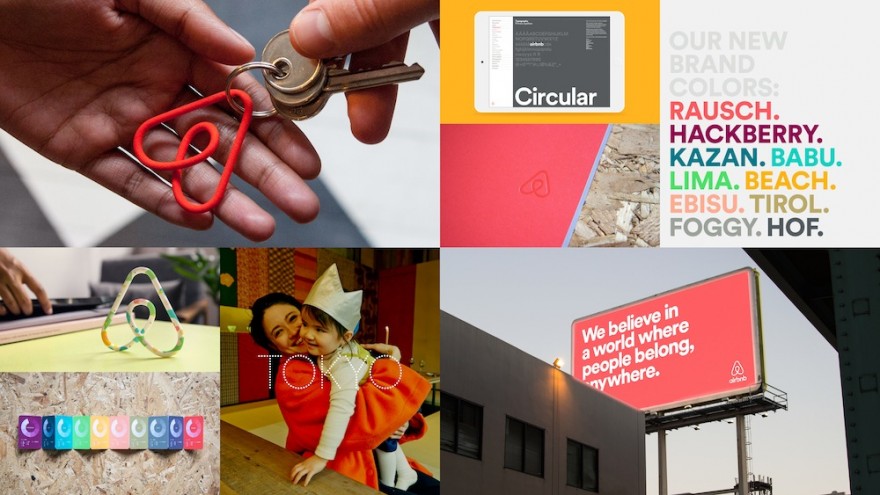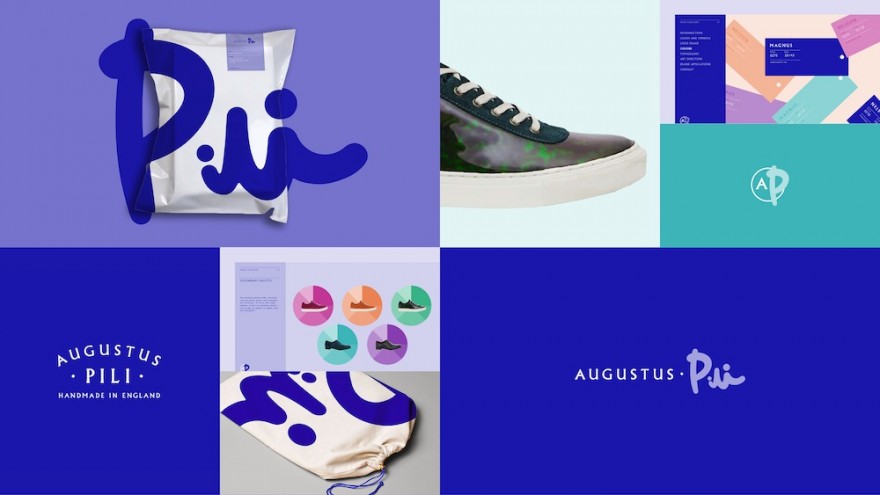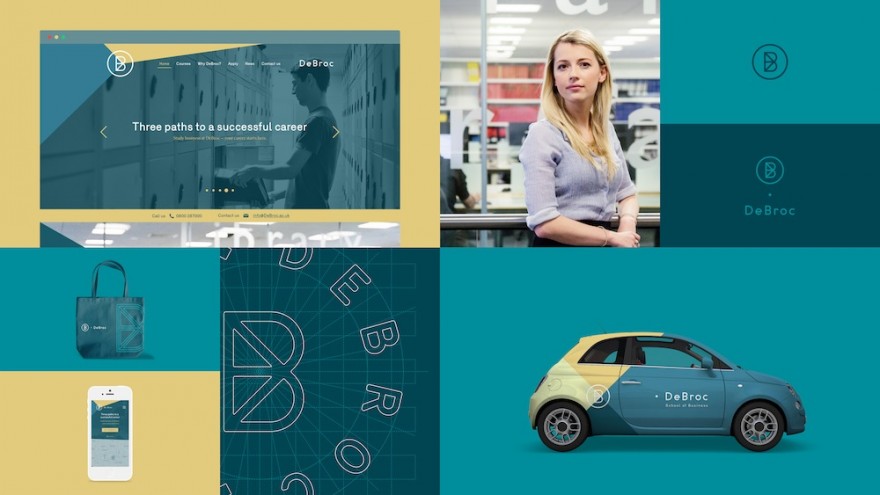James Greenfield, creative director and co-founder of London-based agency Koto, is an expert when it comes to branding. His portfolio (spanning 14 years in the industry) includes work for Google, Nike, Microsoft and the hugely successful rebranding of Airbnb – it’s a big understatement to say that he knows his stuff.
Interested in behavioural economics and what makes consumers tick, Greenfield is adept at creating that integral connection between a brand and its audience. In this interview, we ask the branding master a few questions to get to the bottom of his branding process, using his work with Airbnb as a case study.
Would you say rebranding is more difficult than starting afresh with a new brand?
I think both come with their own inherent challenges. A new brand has the luxury of being a blank piece of paper, filled with the flush of novelty and the excitement that comes with new things. In most cases, an old brand needs rebranding for a reason. Ineffective brands create stagnation and cause businesses to lose momentum. Working within the constraints of how a business is currently and how it wants to be seen in the future can, ironically, be easier than that blank sheet of paper.
Working with a set of problems is where a lot of designers often operate at their best, which in turn makes it easier.
What both brand creations and rebrands need are buy in from those who work for and own the brand. Without this, every project, regardless of status, will be like walking through treacle at times.
How did you come to head up the rebranding of Airbnb?
DesignStudio, where I was previously creative director, was approached for a chemistry meeting at the start of the process. One of the designers in the internal team was very keen on the More4 rebrand, which I was a part of when I was head of design at ManvsMachine. He had looked the team up and we were lucky to be invited to visit their offices. Post this visit we were invited to pitch and then subsequently won the business.
Were there any seemingly insurmountable hurdles you encountered during the rebranding process?
Every project comes with its hurdles and as such, they are expected. Though as a natural optimist I never see these challenges as insurmountable. I was aware from day one that this was a high profile project and we would have to get it bang on for it not to be regarded a failure by the online community. Pre, during and post the launch the sheer amount of articles written about Airbnb as a brand and its relentless momentum, further accelerated this pressure.
The launch was way beyond what I expected and having a song written about a logo you’ve designed, well that’s always going to be unexpected. And a year later seeing that logo on an F1 car, well that makes every hurdle worthwhile.
When it comes to executing a successful rebranding campaign, we imagine you don’t just wing it – what are the key steps in a design process like this?
Anyone that wings it is set to fail before they have even started. There’s no ABC of branding and in each case we write a bespoke programme for every client. If I had to summarise this I would put it down to Immersion, Strategy, Concept, Design and Deliver. Each stage is as important as each other and by working through them one by one, you’ll inform the next stage and let it evolve organically.
Often in the immersion we will revisit and change the brief as our creative objectivity allows us and the clients to unlock unseen thoughts and potential. This then leads to the creation of a strategy. This strategy doesn’t have to be a pre-described and well-known model. It can be everything from colour theory to a concept behind photography. I personally see strategy as the ideas that hold everything together. Out of this comes a concept.
We don’t believe in hiding our work for some big reveal. We share early and quickly to use the time we have efficiently, and avoid the late night hot houses that so many design agencies are.
It takes confidence on our part and trust from the client, but done right – it works. With creative direction cleared we then move onto design and then delivery. Delivery is often a weak point of a lot of teams and those that “chuck and run” give the rest of us a bad name. I have cleaned up a number of these projects and it never ceases to amaze me how short sighted this is. Without a functioning system the whole rebrand is pointless and your brand won’t last that long. I believe a good brand should last a decade at least and preferably more.
If you had one rebranding tip to give an aspiring creative director, what would it be?
Don’t cut corners and fast track your immersion. Go and see what the business does, spend time and meet people at all levels. Without this you will never get to understand who you are branding and why. We build a custom immersion process for every brand we work with and it leads to insights, which help with the creation and sales of our concepts. If you can demonstrate that you understand the challenges brands and their owners face, then they are much more likely to trust your creative judgement. Make sure this is at all levels and not just CEOs and CMOs.
The person that works in customer service will have a much better idea about how the brand is really seen by their audience than the CEO.

